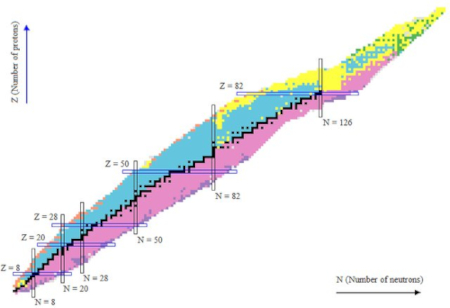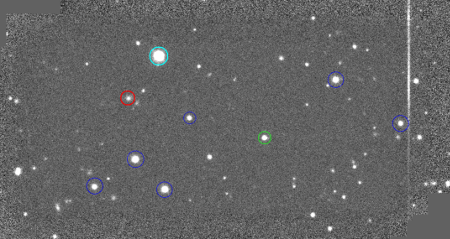Page Not Found
Page not found. Your pixels are in another canvas.
A list of all the posts and pages found on the site. For you robots out there is an XML version available for digesting as well.
Page not found. Your pixels are in another canvas.
Home
This is a page not in th emain menu
Published:
This post will show up by default. To disable scheduling of future posts, edit config.yml and set future: false.
Published:
This is a sample blog post. Lorem ipsum I can’t remember the rest of lorem ipsum and don’t have an internet connection right now. Testing testing testing this blog post. Blog posts are cool.
Published:
This is a sample blog post. Lorem ipsum I can’t remember the rest of lorem ipsum and don’t have an internet connection right now. Testing testing testing this blog post. Blog posts are cool.
Published:
This is a sample blog post. Lorem ipsum I can’t remember the rest of lorem ipsum and don’t have an internet connection right now. Testing testing testing this blog post. Blog posts are cool.
Published:
This is a sample blog post. Lorem ipsum I can’t remember the rest of lorem ipsum and don’t have an internet connection right now. Testing testing testing this blog post. Blog posts are cool.
Published:
The kuisi, also known as the gaita colombiana, is a traditional indigenous flute from Colombia’s Caribbean coast. Crafted from cactus, beeswax, and feathers, this ancient instrument is more than just wood and breath — it is a vessel of memory, spirit, and resistance.
Published:
Forró is more than a rhythm — it’s the heartbeat of Brazil’s Northeast. Born in the dusty sertão and danced under starlit skies, Forró carries the soul of a people who turn hardship into joy and movement into memory.
Published:
To observe the inside of an object, we require high-energy photons such as X-rays and gamma radiation. Typically, imaging using X-rays or gamma radiation involves positioning the target between the radiation source and the detector. However, in many cases, it is not feasible to place the detector in the opposite direction to the source. Examples of such situations include detecting or imaging buried objects such as landmines, the inner side of pipes or walls, and others. The Compton Camera is a deviced developed by researchers in Bogotá and Darmstadt and lead by the Nuclear physics group of the Universidad Nacional de Colombia GFNUN, which uses backscattered gamma photons to produce images.
Published:
Rho-statistics are the two-point correlation function (2PCF) of residual errors from the Point Spread Function (PSF) modeling. Stars are point sources, and the images we obtain from stars are actually a representation of the PSF. Therefore, we can use images of stars for modeling the PSF. The PSF has two main contributions: the optics of the telescope and the atmospheric smearing, and it is position and wavelength-dependent. The PSF needs to be interpolated to the galaxy’s position, and this interpolation might introduce errors given the variance of the PSF across the field of view. To study systematic biases that might arise from the interpolation scheme, a set of stars is left out from the PSF modeling. Then, by comparing the shape measurements of those reserved stars with the expected shape using the interpolation scheme, we can obtain residuals of the PSF that will help identify problematic sources, exposures, or regions where the PSF systematics exceed the requirements. Additionally, we can use these residuals as building blocks of PSF residual point correlation functions, which can be propagated in the likelihood analysis to study the consequences on final cosmological estimates.
Published:
MomentsML is a machine learning method designed to provide accurate shear estimates. It involves training a shallow neural network using realistic simulations with known shear values, to recover the shear signal. This is a challenging process given the multiple sources of noise and biases, such as PSF errors, blending of galaxies, detector effects, low signal-to-noise ratios, galaxy morphologies, and others.
Published:

Published:

Undergraduate course, Universide Estadual de Campinas, Instituto de Física Gleb Wataghin, 2018

Undergraduate course, Universide Estadual de Campinas, Instituto de Física Gleb Wataghin, 2019

Undergraduate course, Universide Estadual de Campinas, Instituto de Física Gleb Wataghin, 2020

Undergraduate course, Universidade Virtual de São Paulo, 2020

Master course, Rheinische Friedrich-Wilhelms-Universität Bonn, 2021

Master course, Rheinische Friedrich-Wilhelms-Universität Bonn, 2022
